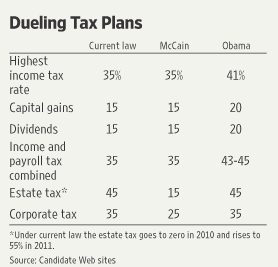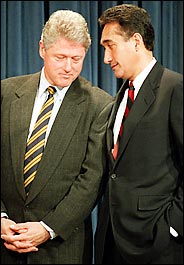I’ve discussed in a previous entry, why The Long Tail is a worthy read. The article quoted below, praises a Harvard Business Review article that disagrees. I haven’t had a chance to read the HBR article yet.
Yet on a fundamental level, I am confident that The Long Tail is right. New technologies such as Amazon and YouTube, reduce the cost of content diversity. If the supply curve of diversity moves right, then (ceteris paribus) the quantity of diverse content will increase. Hence, we can robustly expect more diverse content.
And for us free market libertarians, more choice is good.
(p. B5) The Long Tail theory, as explained by its creator, Wired magazine editor Chris Anderson, holds that society is “increasingly shifting away from a focus on a relatively small number of ‘hits’ (mainstream products and markets) at the head of the demand curve and toward a huge number of niches in the tail.”
The reason involves the abundance of easy choice that the Web makes possible. A record store has room for only a set number of titles. ITunes, though, can link to all of the millions of songs that its servers can store. Thus, said Mr. Anderson, “narrowly-targeted goods and services can be as economically attractive as mainstream fare.” Managers were urged to adopt their business plans accordingly.
Since appearing two years ago, the book has been something of a sacred text in Silicon Valley. Business plans that foresaw only modest commercial prospects for their products cited the Long Tail to justify themselves, as it had apparently proved that the Web allows a market for items besides super-hits. If you demurred, you were met with a look of pity and contempt, as though you had just admitted to still using a Kaypro.
That might now start to change, thanks to the article (online at tinyurl.com/3rg5gp), by Anita Elberse, a marketing professor at Harvard’s business school who takes the same statistically rigorous approach to entertainment and cultural industries that sabermetricians do to baseball.
Prof. Elberse looked at data for online video rentals and song purchases, and discovered that the patterns by which people shop online are essentially the same as the ones from offline. Not only do hits and blockbusters remain every bit as important online, but the evidence suggests that the Web is actually causing their role to grow, not shrink.
Mr. Anderson responded on his Long Tail blog, thelongtail.com, saying much of the difference between his analysis and hers involved how hits and non-hits, or “head” and “tail” in the book’s lingo, are measured. Aside from that, he was generous in praising the article, and said he welcomed the sort of rigorous scrutiny the theory was getting.
For the full commentary, see:
LEE GOMES. “PORTALS; Study Refutes Niche Theory Spawned by Web.” The Wall Street Journal (Weds., JULY 2, 2008): B5.
The full information on The Long Tail, is:
Anderson, Chris. The Long Tail. New York: Hyperion, 2006.
The HBR article that is critical of the long tail, is:
Elberse, Anita. “Should You Invest in the Long Tail?” Harvard Business Review 86, no. 7/8 (2008): 88-96.









